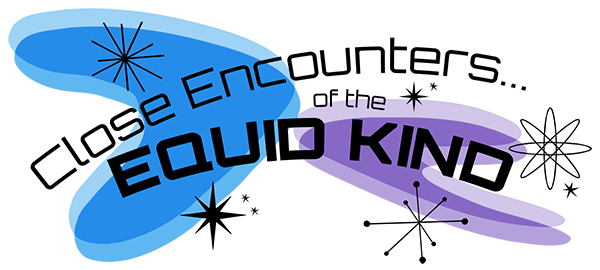Event Title
Horses, Women, and Weapons in Viking-Age Scandinavia
Session
Session 2: Women and Horses in War
Location
Mary Tefft White Cultural Center, University Library
Start Date
28-9-2023 2:30 PM
End Date
28-9-2023 4:00 PM
Description
Many of the characters of Old Norse poetry and literature are shrouded in mist. Among these are the Valkyries; the mounted servants of Ođin and Freyja that enter the battle fields to collect the bravest of the fallen and bring them to eternal life in the great halls. The general idea of the Valkyries has always been that of armed women on horseback, while earthly horses and weapons have been interpreted by archaeologists as almost exclusively part of the men’s sphere. To the extent that weapons and horse equipment in Late Iron Age graves have been considered as artefacts indicating male gender of the buried person. Despite the knowledge of concept of the Valkyries which indicates a link between horses, women and war, neither the different roles of women in the equestrian world of the Viking Age, nor the existence of earthly mounted women warriors have been discussed to a greater extent. The last decades, the number, and types of artefacts from the Late Iron Age have increased significantly due to the use of metal detectors. Of special interest here are the ‘Valkyrie pendants’. These are small metal figures, undoubtedly in the shape of a woman. She sometimes carries weapons, and, in some cases, she is mounted on a horse. In the field of archaeological science, a game changing discovery was made some years ago. The skeleton from one of the 10th century warrior graves from the Viking town Birka, Sweden was noted to have ‘female traits’ by an osteologists already in the 1970s, but since the deceased had been laid to rest together with full two horses and full weaponry, male sex was assumed. DNA-analysis revealed the truth – the warrior was a woman. Against this background, I will discuss the connections between women and war in Late Iron Age Scandinavia and problematizing women’s roles on the equestrian scene of the period.
In the field of archaeological science, a game changing discovery was made some years ago. The skeleton from one of the 10th century warrior graves from the Viking town Birka, Sweden was noted to have ‘female traits’ by an osteologists already in the 1970s, but since the deceased had been laid to rest together with full two horses and full weaponry, male sex was assumed. DNA-analysis revealed the truth – the warrior was a woman.
Against this background, I will discuss the connections between women and war in Late Iron Age Scandinavia and problematizing women’s roles on the equestrian scene of the period.
Recommended Citation
Sundkvist, Anneli, "Horses, Women, and Weapons in Viking-Age Scandinavia" (2023). Equine History Collective Conference. 5.
https://docs.rwu.edu/equinehistory-conference/2023/thursday/5
Horses, Women, and Weapons in Viking-Age Scandinavia
Mary Tefft White Cultural Center, University Library
Many of the characters of Old Norse poetry and literature are shrouded in mist. Among these are the Valkyries; the mounted servants of Ođin and Freyja that enter the battle fields to collect the bravest of the fallen and bring them to eternal life in the great halls. The general idea of the Valkyries has always been that of armed women on horseback, while earthly horses and weapons have been interpreted by archaeologists as almost exclusively part of the men’s sphere. To the extent that weapons and horse equipment in Late Iron Age graves have been considered as artefacts indicating male gender of the buried person. Despite the knowledge of concept of the Valkyries which indicates a link between horses, women and war, neither the different roles of women in the equestrian world of the Viking Age, nor the existence of earthly mounted women warriors have been discussed to a greater extent. The last decades, the number, and types of artefacts from the Late Iron Age have increased significantly due to the use of metal detectors. Of special interest here are the ‘Valkyrie pendants’. These are small metal figures, undoubtedly in the shape of a woman. She sometimes carries weapons, and, in some cases, she is mounted on a horse. In the field of archaeological science, a game changing discovery was made some years ago. The skeleton from one of the 10th century warrior graves from the Viking town Birka, Sweden was noted to have ‘female traits’ by an osteologists already in the 1970s, but since the deceased had been laid to rest together with full two horses and full weaponry, male sex was assumed. DNA-analysis revealed the truth – the warrior was a woman. Against this background, I will discuss the connections between women and war in Late Iron Age Scandinavia and problematizing women’s roles on the equestrian scene of the period.
In the field of archaeological science, a game changing discovery was made some years ago. The skeleton from one of the 10th century warrior graves from the Viking town Birka, Sweden was noted to have ‘female traits’ by an osteologists already in the 1970s, but since the deceased had been laid to rest together with full two horses and full weaponry, male sex was assumed. DNA-analysis revealed the truth – the warrior was a woman.
Against this background, I will discuss the connections between women and war in Late Iron Age Scandinavia and problematizing women’s roles on the equestrian scene of the period.


